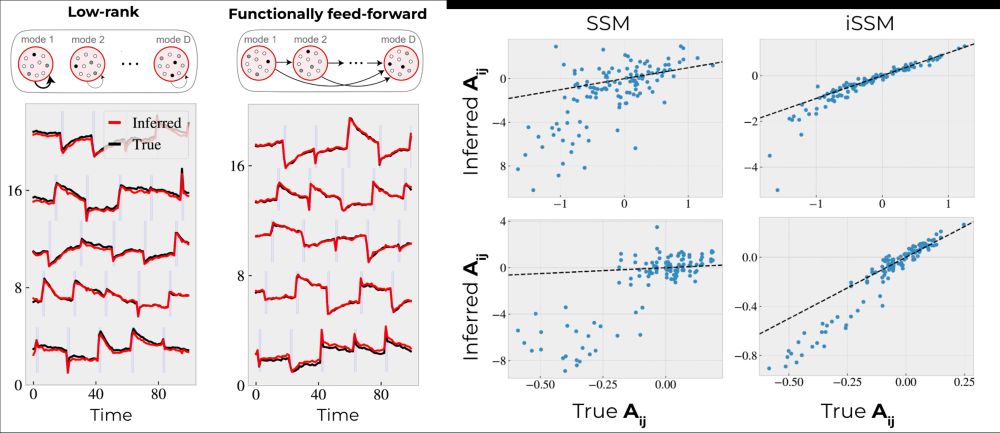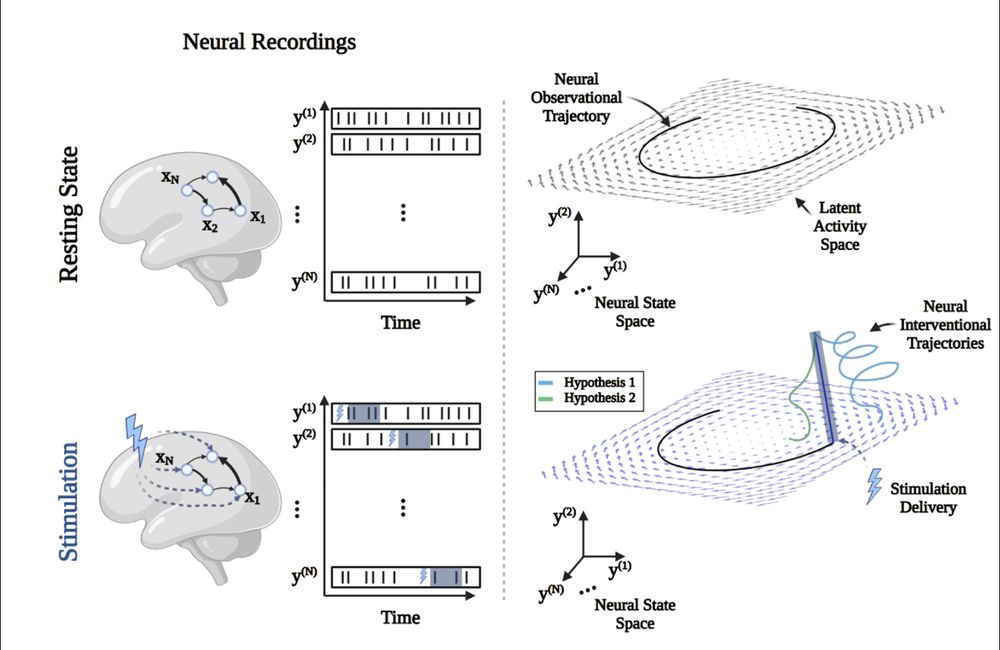Amin Nejatbakhsh
@aminejat.bsky.social
72 followers
130 following
31 posts
Research Scientist @META | Guest Researcher @FlatironCCN | Visiting Scholar @NYU | PhD @ZuckermanBrain @Columbia | Neuro & AI Enthusiast
Posts
Media
Videos
Starter Packs
Amin Nejatbakhsh
@aminejat.bsky.social
· Jul 16
Amin Nejatbakhsh
@aminejat.bsky.social
· Jul 16
Amin Nejatbakhsh
@aminejat.bsky.social
· Apr 22
GitHub - amin-nejat/netrep: Some methods for comparing network representations in deep learning and neuroscience.
Some methods for comparing network representations in deep learning and neuroscience. - GitHub - amin-nejat/netrep: Some methods for comparing network representations in deep learning and neurosc...
github.com




















